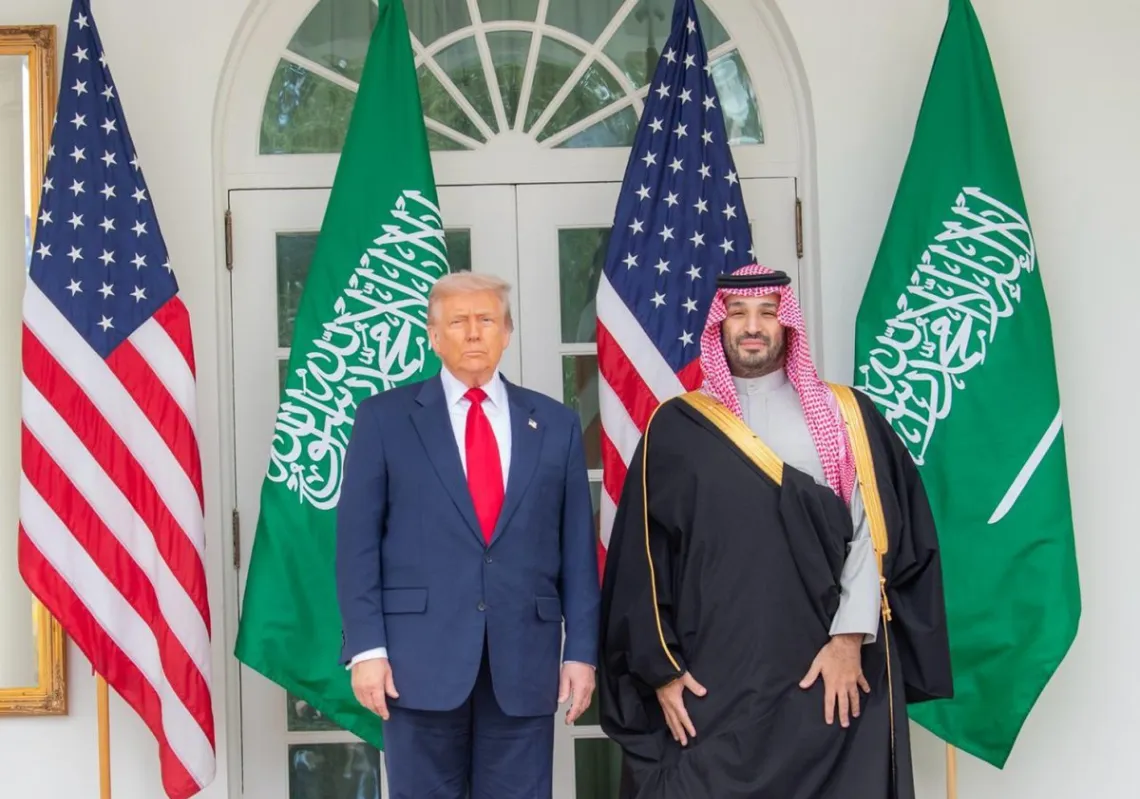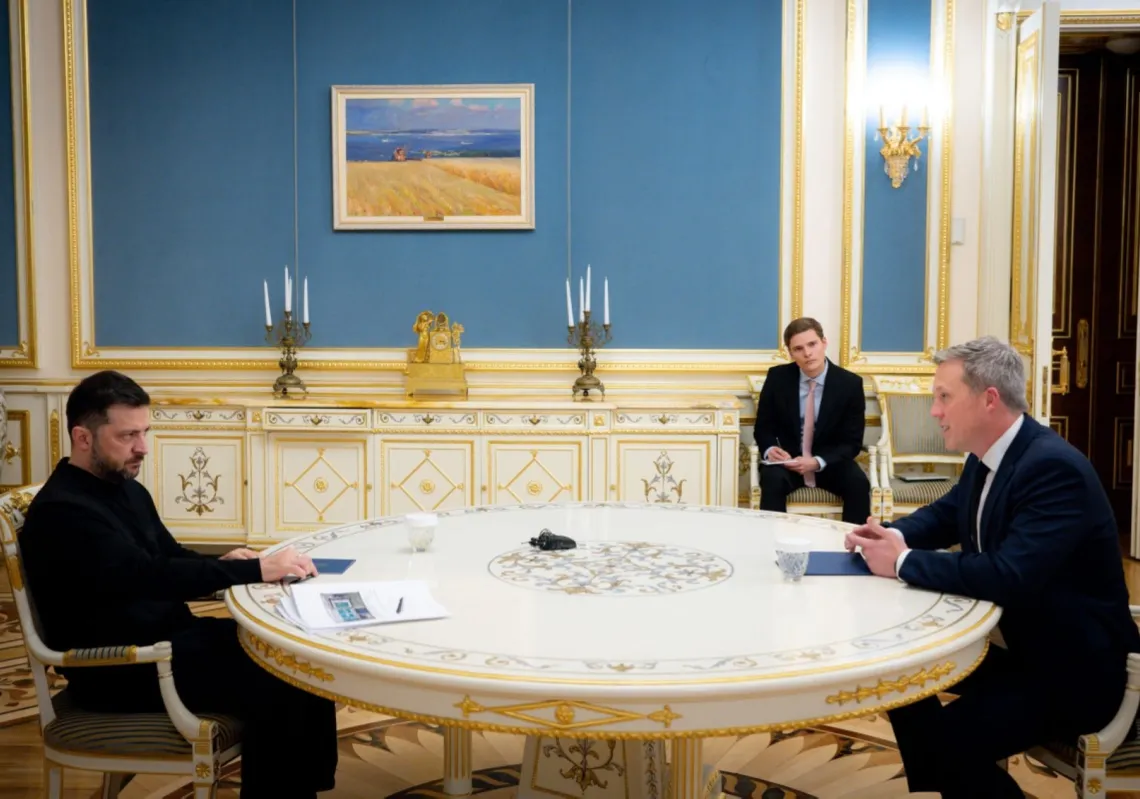The US withdrawal from Afghanistan last summer troubled many neighboring countries that had grown used to the United States doing the heavy lifting in the region. With the Taliban ensconced in Kabul, militant networks will likely expand, and insecurity could radiate across Afghanistan’s borders. That prospect remains a cause for disquiet in as many as a dozen states. Afghanistan’s largest neighbors, Iran and Pakistan, however, are the two countries that have the most influence in the country—and the most at stake.
Their long borders with Afghanistan combined with historical ethnic, linguistic, and cultural ties have allowed Iran and Pakistan to play significant roles in Afghanistan’s internal affairs. By contrast, none of the three neighboring Central Asian states or China, which also border landlocked Afghanistan, have the same level of influence in the country. China is counting on both Iran and Pakistan to manage a Taliban-dominated Afghanistan. In the aftermath of the U.S. departure, Iran and Pakistan will be the main competitors shaping the future of a Taliban-run Afghanistan.
The end of the long epoch of direct great-power interventions in Afghanistan has left a dangerous void. Despite their many differences, Iran and Pakistan both seek stability and security in a country that has been in a state of war for two generations. Their interests have often diverged or come into direct conflict in Afghanistan, but now they will be forced to cooperate in ways that they have not in the past.
THINGS FALL APART
Iran and Pakistan need the Taliban to build a government that can maintain a modicum of stability and keep the so-called Islamic State, also known as ISIS, and other transnational jihadi actors in check. Having neutralized the ISIS threat on its western flank in Iraq only recently, Iran does not want to see the jihadis grow in strength on its eastern flank. Pakistan fears ISIS activities in Afghanistan might galvanize militants within its own borders.
The Taliban may now dominate Afghanistan militarily, but the movement is very far from establishing effective governance across the country, never mind a viable economy in the absence of international recognition of its regime. In these circumstances, ISIS could gain ground. The militant group and other transnational jihadi forces will benefit from the Taliban’s struggle to balance the pragmatism necessary to govern with their core ideological commitments. Should the Taliban moderate their behavior, they could lose many of their members to more radical groups.
The Taliban’s reconquest of Afghanistan comes at a time when both Iran and Pakistan are experiencing turmoil at home. Pakistan faces its deepest economic troubles since independence, with inflation rising exponentially and the country seeking to negotiate yet another loan deal with the International Monetary Fund, all exacerbated by unprecedented tensions between the military establishment and civilian leaders.
Similarly, after four decades, Tehran’s clerical regime is in the midst of a major transition from a moderate to a more hard-line president and faces the looming question of who will succeed the ailing supreme leader, Ayatollah Ali Khamenei. Iran is also experiencing a great deal of financial pain due to international sanctions. If Afghanistan begins exporting unrest, refugees, and militancy, it will only make matters worse for both countries.
Afghanistan also represents a major gateway for Iran and Pakistan to Central Asia, especially in terms of energy and trade routes. They are eager to tap into China’s regional connectivity efforts through the vast infrastructure program known as the Belt and Road Initiative. China’s largest BRI project is the China-Pakistan Economic Corridor, which runs through areas near the Afghan border and is vulnerable to strikes from Pakistani Taliban rebels as well as Baluch separatist militants.
Pakistan is trying to get the Afghan Taliban to crack down on Baluch rebel outfits operating out of Afghanistan, but the new rulers in Kabul are unlikely to rein in their Pakistani Taliban counterparts, who enjoy sanctuary on the Afghan side of the border.
As a result, the insecurity radiating out of Afghanistan threatens Chinese plans in Pakistan. Likewise, the Iranians are hoping that a new nuclear deal will allow the Chinese to move ahead with their plans to extend the BRI to their country. Iran and Pakistan therefore have a shared interest in a stable Afghanistan, which both countries realize is not likely to emerge anytime soon. But such stability may become more likely if Iran and Pakistan coordinate and cooperate more than they compete in Afghanistan.
BETWEEN THE PLAINS AND THE PLATEAU
For centuries, states that arose in the Persian plateau to Afghanistan’s west and those centered in the plains of Punjab to the country’s east have vied over its territory. The modern nation-states of Iran and Pakistan are just the latest actors to be locked into this dynamic. In this contest, Pakistan enjoys a geographic and cultural advantage over Iran. Its border with Afghanistan is nearly three times as long as Iran’s border with Afghanistan, allowing Pakistan more scope to influence events in the landlocked country.
Iran has traditionally maintained ties to Afghanistan’s various minorities (including the Tajik, the Uzbek, the Hazara, the Turkmen, the Aimak, and the Baluch communities) and benefited from the fact that the country’s lingua franca is Dari (the Afghan variant of Persian), which allows Tehran to cultivate deep ties with not just these minority groups but also the Pashtuns. Islamabad, on the other hand, has principally exerted influence in its western neighbor via the Pashtuns, who are the largest ethnic group in Afghanistan and make up as much as 45 percent of the population. Pashtuns form nearly a fifth of Pakistan’s population.
In the 1990s, Pakistani support for the Taliban, which is a predominantly Pashtun group, demonstrated the power of this connection. Four years after Islamist factions toppled the communist government in Kabul in 1992, the Taliban emerged as the most powerful militia in the Afghan battle space and won the backing of Pakistan. Pakistani support helped the Taliban establish their first regime in 1996. Even after the United States unseated the Taliban in 2001, Islamabad continued to support the group.
The Taliban remain Afghanistan’s largest political movement, able to recover from their defeat in 2001 to reclaim the country. Iran, on the other hand, bet on losing horses in Afghanistan. In the 1990s, it supported a coalition of smaller, weaker groups opposed to the Taliban and largely drawn from communities inclined to ally with Tehran, such as the Tajiks and the Shiite Hazaras. This anti-Taliban camp never formed a political vanguard that could compete with the Taliban and has remained splintered along ethnic lines.
This history would suggest that Kabul’s new masters would ally closely with Islamabad and spurn Tehran. But the geopolitical landscape in the country has changed tremendously in the 20 years since the United States toppled the Taliban’s first emirate in 2001.
Pakistan does not have the same sway over the Taliban as it did in the 1990s. The Taliban themselves are no longer a solely Pashtun phenomenon; indeed, they have made significant inroads into the ethnic minority communities, which in great part explains how the militant group swiftly took over areas in the country’s north in early August 2021. In the past 15 years, Iran also developed relations with elements of the Taliban insurgency, recognizing that the militants remained too powerful and important to ignore.
PLAYING BOTH SIDES
Certainly, Iran has come a long way from 2001, when it provided intelligence support to the United States and helped its Northern Alliance partners oust the Taliban from power. Relations between Iran and the United States deteriorated precipitously thereafter amid disputes over Tehran’s nuclear program and Washington’s involvement in Iraq. The Iranians began cultivating ties to the Taliban sometime around 2005. By 2009, the Quds Force, the overseas operations arm of Iran’s elite military force, the Islamic Revolutionary Guard Corps (IRGC), was supplying weapons to Taliban insurgents.
Tehran worked with Taliban figures such as the former military commanders Mullah Abdul Qayyum Zakir and Mullah Ibrahim Sadr and the late Taliban leader Mullah Akhtar Muhammad Mansour, who was killed in a 2016 U.S. drone strike minutes after his vehicle crossed into Pakistan from Iran. At the same time, Iran maintained ties to the minority groups as well as lines of support to the U.S.-backed regime in Kabul, supplying it with bags of cash worth over $1 million annually.
Pakistan, for its part, also tried to build ties with other forces in Afghanistan. It first reached out to the Kabul government and anti-Taliban factions some 15 years ago. These overtures were not always warmly received; long-time opponents of the Taliban remained deeply mistrustful of Islamabad. Meanwhile, Pakistan’s attempt to cooperate with the U.S. war effort resulted in the loss of its monopoly of influence over the Taliban. By the mid-2010s, the Taliban had not only cultivated ties to Iran but also begun negotiations with Washington, established a political office in Qatar, and pursued relations with other powers such as China, Russia, Turkey, European states, and others. Islamabad still had the most extensive connections to the Afghan insurgent movement, however, especially with the Haqqani faction based in eastern Afghanistan and the old Quetta Shura that represents the Taliban’s original heartland in the country’s south.
RELUCTANT COOPERATION
During the era of the Taliban insurgency, Iran and Pakistan were content to maintain channels of communication and support with both the government in Kabul and the militants. But now with the Taliban in power and opposition forces largely crushed, Tehran and Islamabad face a situation that they were likely not prepared for. How do they ensure that those whom they helped wage an insurgency will now govern in a manner that does not lead to wider insecurity and threaten their respective national interests?
Iran and Pakistan realize they must cooperate in managing the security situation in Afghanistan. The formation of the Taliban’s interim government suggests a degree of coordination between the two countries. The initial cabinet that the Taliban unveiled was dominated by militant leaders close to Pakistan. But within a few days, and after some conversations between Iranian and Pakistani officials on the sidelines of the Shanghai Cooperation Organization meeting in Dushanbe in September 2021, figures from minority communities with close ties to Iran were placed in key portfolios.
Zakir and Sadr became deputy ministers of defense and interior, respectively. Haji Nooruddin Azizi, a Tajik from Panjshir Province, became minister of commerce. The Commerce Ministry (trade between Afghanistan and Iran is greater than that between Afghanistan and Pakistan) also got Haji Mohammad Bashir, an Uzbek trader from Baghlan, as deputy minister and Haji Mohammad Azim Sultanzada, another Uzbek merchant from Sar-e-Pul, as second deputy minister. Mohammad Hassan Ghiasi, a Shiite Hazara physician, became deputy health minister. Through these very symbolic appointments, the Taliban hope to achieve two goals. First, on the domestic front, the Taliban government is trying to convince minority communities that they will be represented in the provisional authority and in a future government. Second, the ruling Islamist movement seeks to signal to the international community that it is responsive to calls for an inclusive government.
These negotiated cabinet appointments, however critical, are not the only means by which the Iranians and the Pakistanis are cooperating to manage the extremely fluid situation in Afghanistan. Iran’s most senior military commander, Major-General Mohammad Hossein Bagheri (who as joint armed forces chief of staff oversees both the IRGC and Tehran’s regular military forces), led a delegation to Islamabad in mid-October. In meetings with their Pakistani counterparts, Bagheri and the other visiting Iranian generals discussed at length how to work with the Taliban regime to manage both countries’ shared security concerns.
Despite these attempts at cooperation, Iran and Pakistan cannot help but be wary of each another.
Pakistan remains deeply concerned about its archrival India aligning more closely with Iran. Iranian and Indian interests in Afghanistan, namely the shared desire to ensure that Sunni Islamists hostile to Tehran and New Delhi are not able to operate freely in the country, have long overlapped. Together with Russia, Iran and India cooperated significantly in the 1990s to support the Northern Alliance, the anti-Taliban coalition. Although China and Pakistan did not attend a regional conference on Afghanistan in November organized by India’s National Security Adviser Ajit Doval, Iran’s national security chief Rear Admiral Ali Shamkhani (along with counterparts from the Central Asian states and Russia) did. But the U.S. exit from Afghanistan and the subsequent implosion of the internationally backed Afghan state have created a huge strategic problem for India. With the Taliban now in control in Kabul, New Delhi has lost its influence in Afghanistan; working with Iran could provide India with alternative access to the country.
For decades, Afghanistan represented a shared strategic backyard for Iran and Pakistan. The Pakistanis have long sought a friendly government on their western flank so they could focus on their main geopolitical adversary to the east, India.
Iran and Pakistan will have the most influence on whatever outcome emerges in Taliban-run Afghanistan. Great powers such as China and Russia will rely on their bilateral relations with Tehran and Islamabad to try to ensure that the uncertainty in Afghanistan does not upset their strategic plans for Central and South Asia. Assuming Afghanistan eventually achieves some semblance of stability, both the Iranians and the Pakistanis will seek to leverage their influence to enhance their economic interests in the country and in the region. But for the foreseeable future, both will be struggling to make sure that the anarchic piece of geopolitical real estate between them does not undermine their national security.
This article was originally published in Foreign Affairs.









